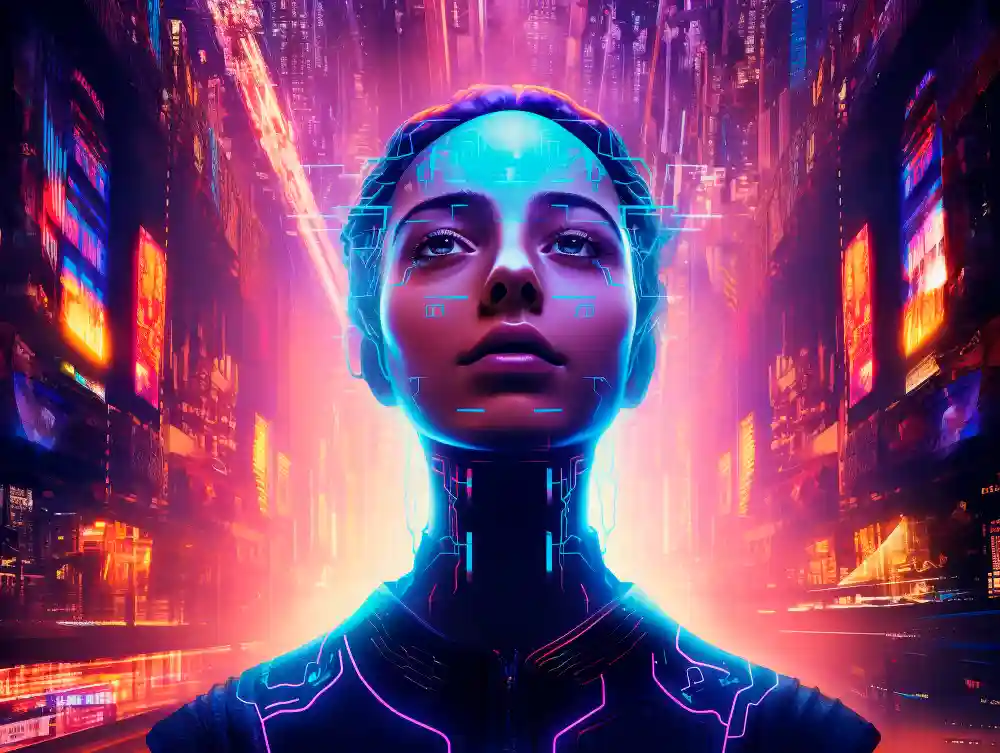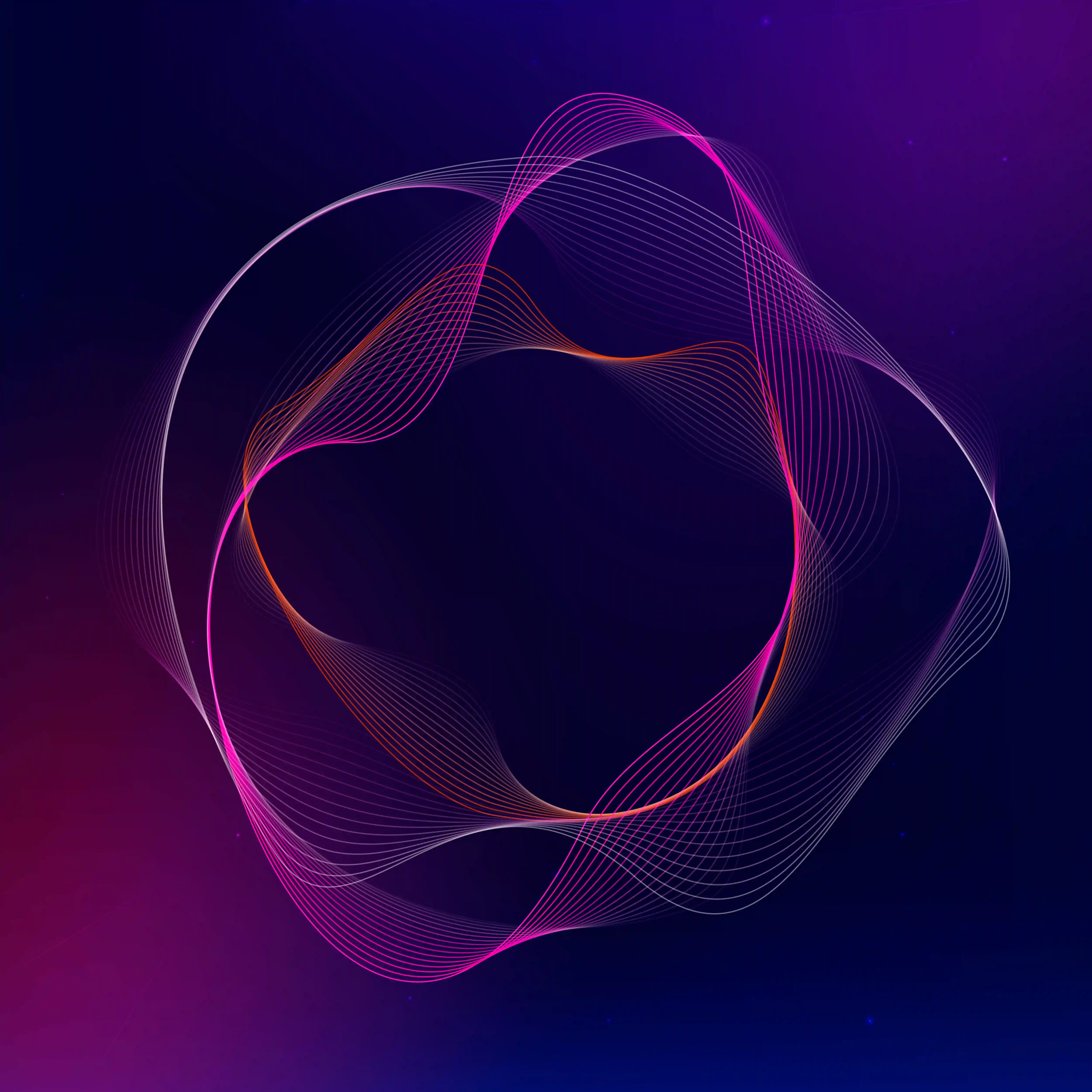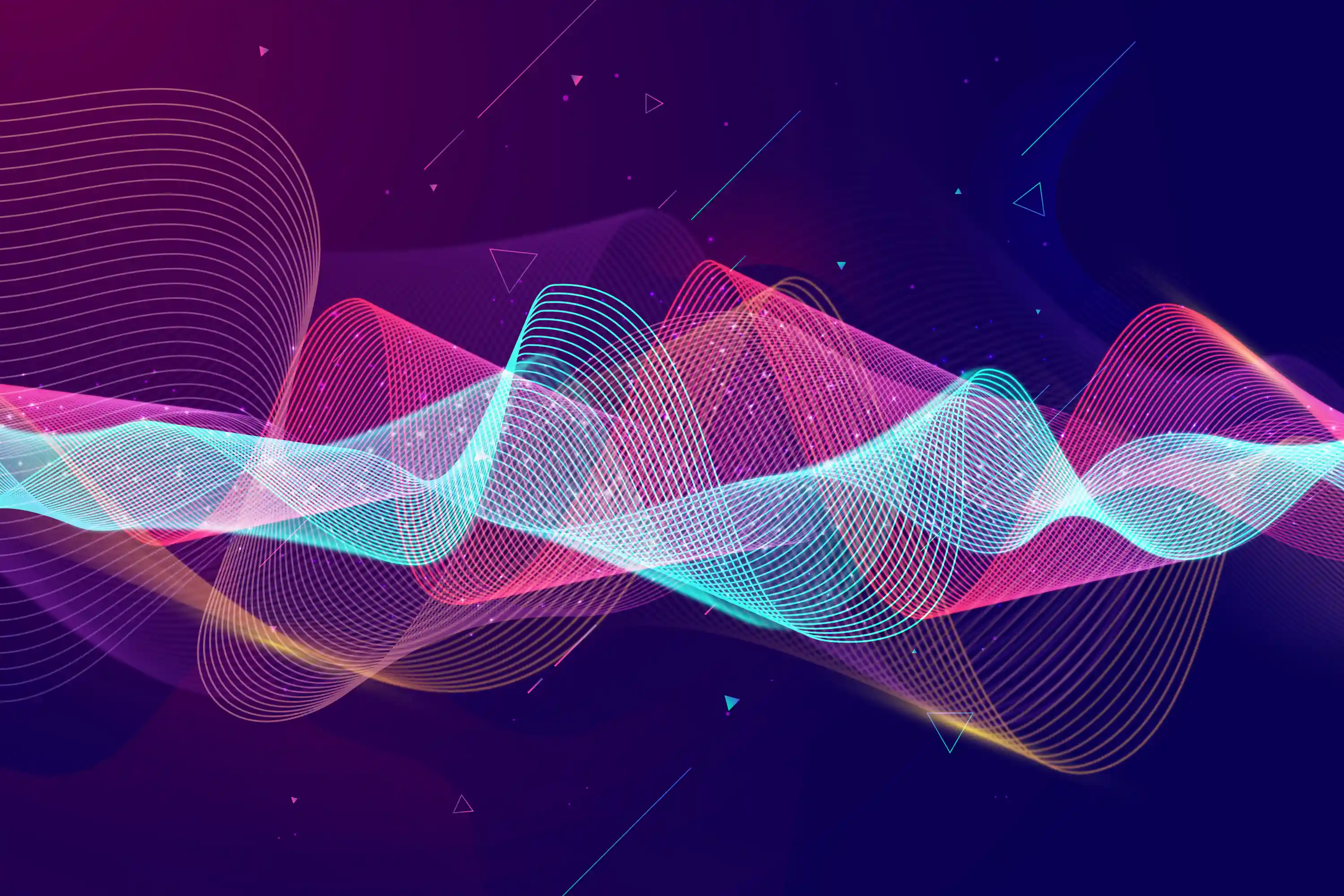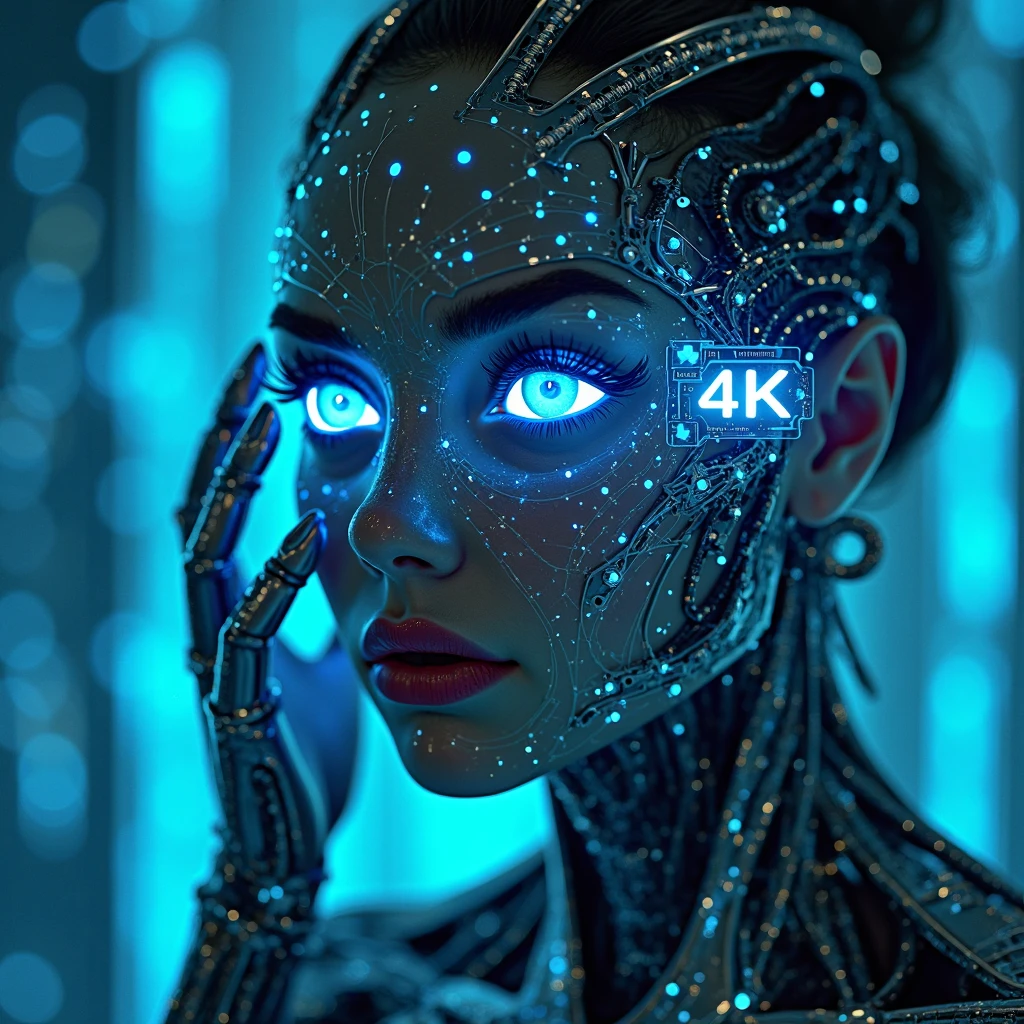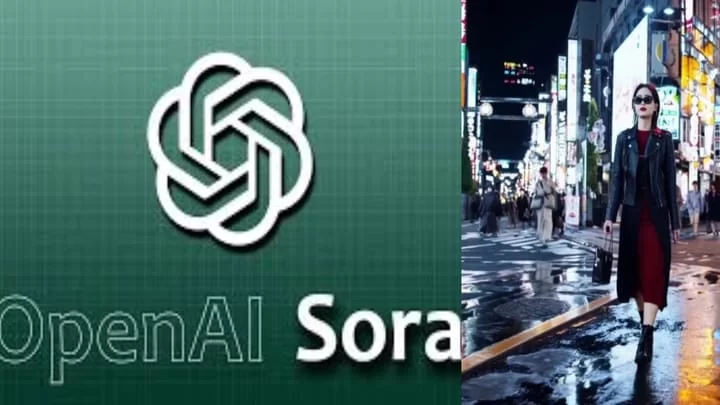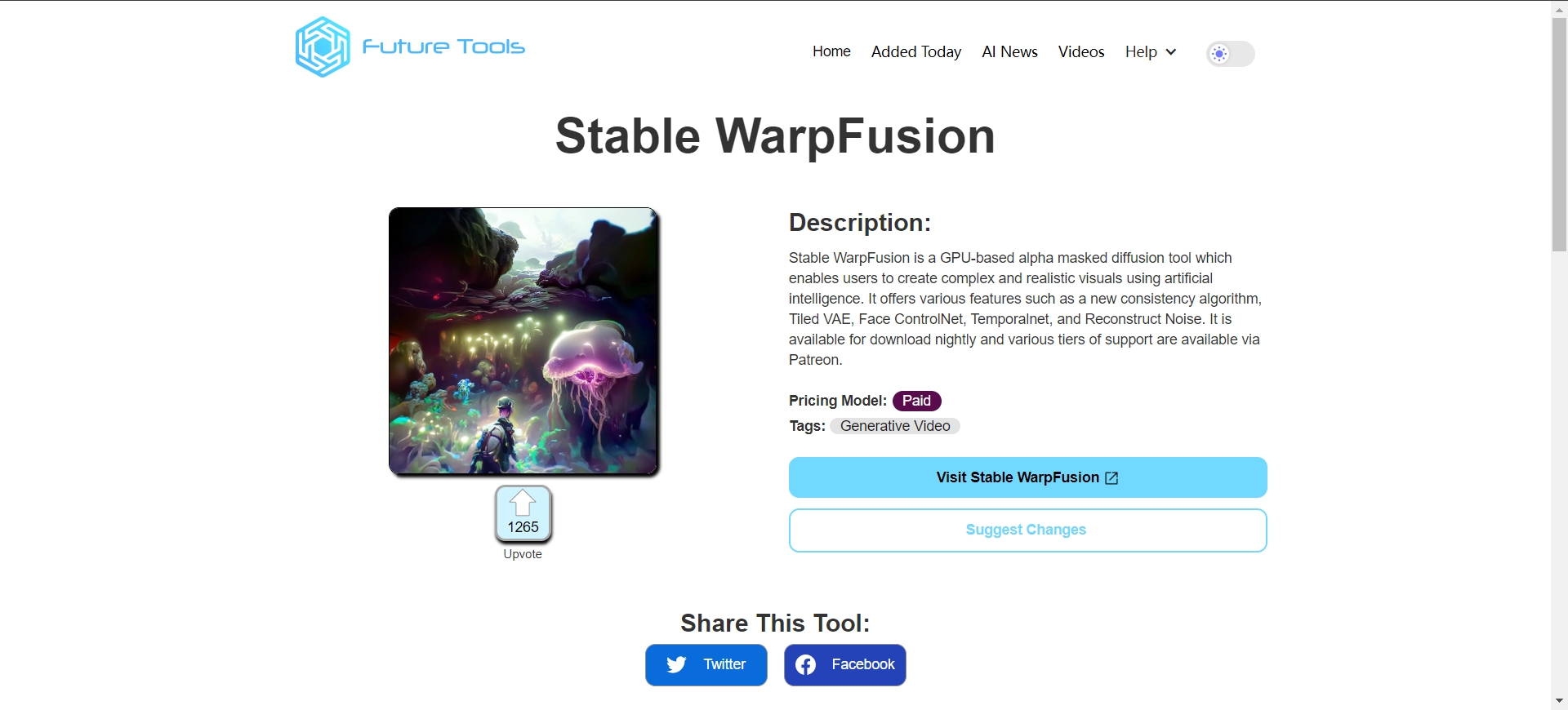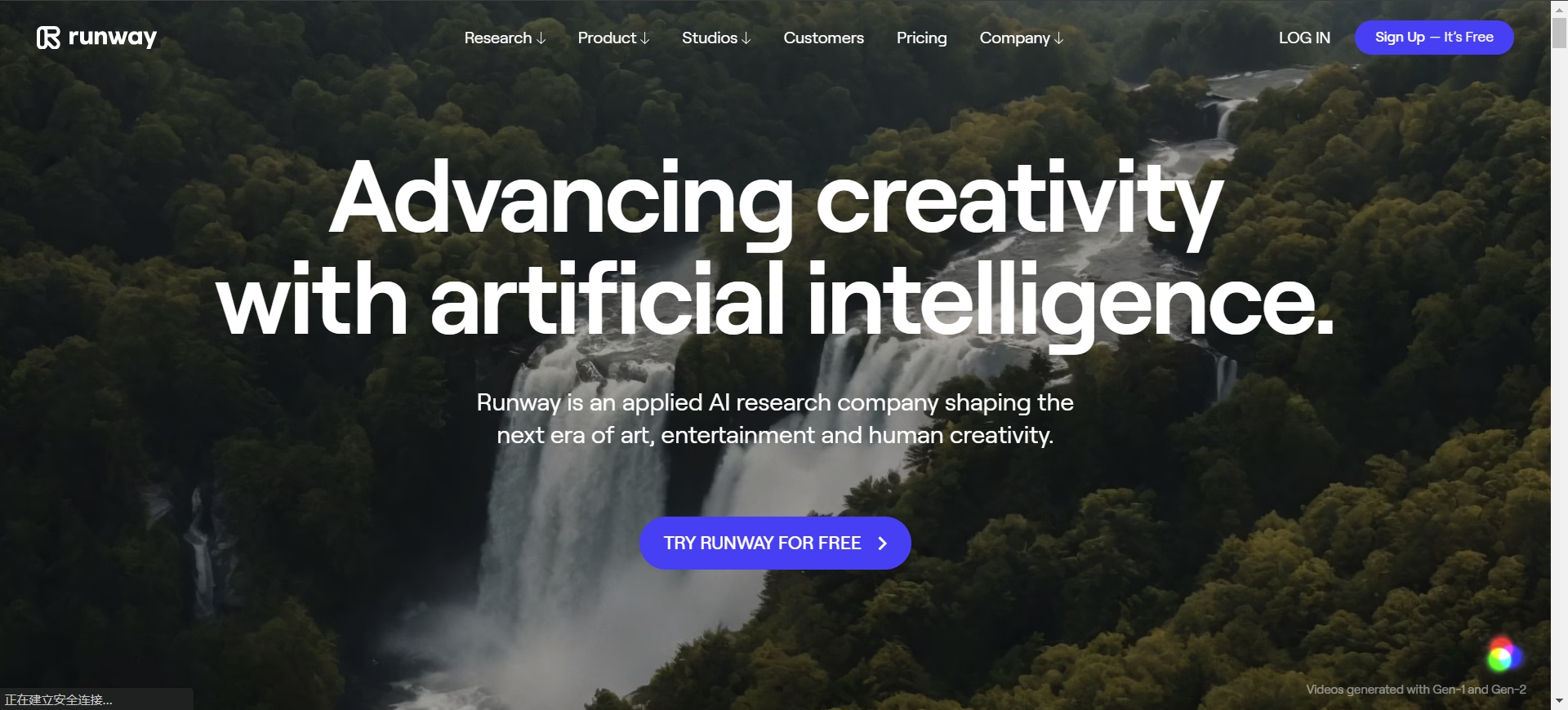Sora video-to-video, change the way to Video Creation
Video-to-video AI became a hot-button topic in 2023. But what is it, how do you use it, and is it right for you?
Since ChatGPT made its debut in 2022, artificial intelligence has dominated the conversation around content production. But what's the deal with video-to-video AI? Let's find out.
Sora Video-to-Video
Currently, OpenAI has launched the text-to-video model Sora, which can generate a one-minute video based on text prompts. In the future, OpenAI may also introduce the Sora Video-to-Video tool, a tool that generates another video based on an existing one.
What is video-to-video AI?
Video-to-video AI adopts a working principle similar to style transfer algorithms, in which the style of one photo or video is applied to another. In simpler terms, it can be likened to a TikTok filter, or even an After Effects template, or some kind of special effect on Alight Motion.
However, the crucial point is that video-to-video AI does not merely overlay a template or idea on top of your video. Instead, it utilizes your content and the prompt to generate a completely new video.
Typically, you will start with an existing source video, and then input either text or another video/template as your second source. This depends on which software or program you are using, as their methods and results vary.
For instance, you can use a video of someone cycling down a boardwalk, followed by a video template or text prompt from a Manga cartoon series. The resulting video will not just be a carbon copy of the first video with effects from your prompt; it will be generated based on the first video, in the style of the prompt.
Before the advent of Sora Video-to-Video, are there several Video-to-Video tools available?
Creating content with video-to-video AI is a complex process. As such, most programs and apps worth their salt will charge you a fee - usually monthly - to use their services. They'll usually offer a free trial or reduced beginner price, and if you're interested, it'll pay off in the long run.
That said, let's explore some of the best video-to-video AI programs and apps on the market.
What are the best video-to-video AI generators Before the advent of Sora Video-to-Video ?
Video-to-video AI is still in its teething phase, but there are plenty of exciting, forward-thinking programs and software out there for you to try. Let’s have a look at a few of them.
Kaiber AI
This is a relatively cheap, web-based video-to-video AI tool, coming in at $5, $10, or $25 dollars per month, depending on your usage. You can also grab a week's free trial here.
Kaiber is ideal for beginners, too, because it puts in most of the legwork. Just upload your video file, select a template/enter your text prompt, adjust the settings, select your starting frame, then you're off to the races. You can then edit the video more if required, or download and share it on your usual channels.
Stable WarpFusion
Stable WarpFusion outpaces Kaiber in terms of performance, and surprisingly, it's priced at a mere $10. The reason? It's all thanks to one guy and his Patreon page. Subscribe and gain access to the latest Stable WarpFusion software. Once you've downloaded it, you can build your video on top of existing AI models. If you're willing to put in the time, Stable WarpFusion offers a range of settings and prompts to play with. Take a look at what YouTuber MDMZ is creating with Stable WarpFusion's video-to-video AI. It's truly mind-blowing!
Runway
Runway is an AI startup that offers a range of tools. It's available as a web-based product and through iOS, both of which include its unique Gen-1 AI tool for converting videos.
To access Runway's full capabilities, you'll need to pay a monthly fee that varies between $12 and $76, depending on your needs and usage frequency. However, free users can still enjoy a 'Basic' plan that provides a limited number of credits to familiarize themselves with the app.
The process works similarly to Kaiber AI. Users upload a video and can create their prompt in three ways: uploading a second video, selecting a preset style from Runway's library, or creating their own text prompt. Once you've done this, you can edit the footage if you have the full desktop version and generate your desired output. The results look impressive.
So, now that you know what video-to-video AI is and what will Sora Video-to-Video bring to us. You also know how it works, and which software is readily available, why not get out there and start experimenting? As we covered, this technology is still developing, and we’re sure to see it improve over the next few years.
The stunning experience of Sora's text-to-video generation has given us a glimpse of what's possible. We believe that in the near future, Sora Video-to-Video and other video-to-video tools will bring us an even better experience.
